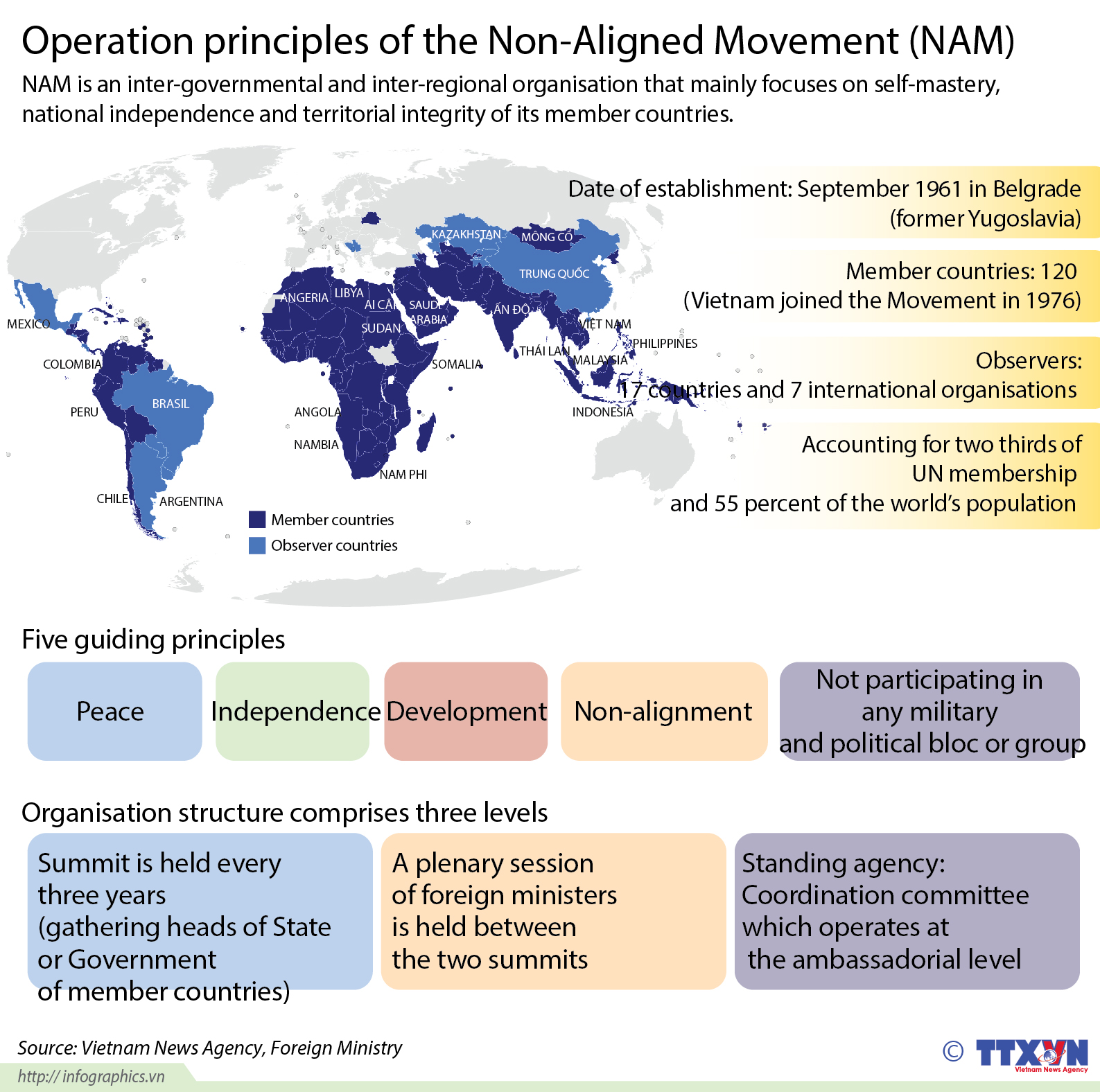7667766266
enquiry@shankarias.in
The Russia’s invasion over Ukraine has put India’s foreign policy in a difficult situation.
To know about Russia’s war over Ukraine, click here
The concept of not aligning a country’s policy with others can be traced to the Congress of Vienna (1814-15) when the neutrality of Switzerland was recognised.

Reference